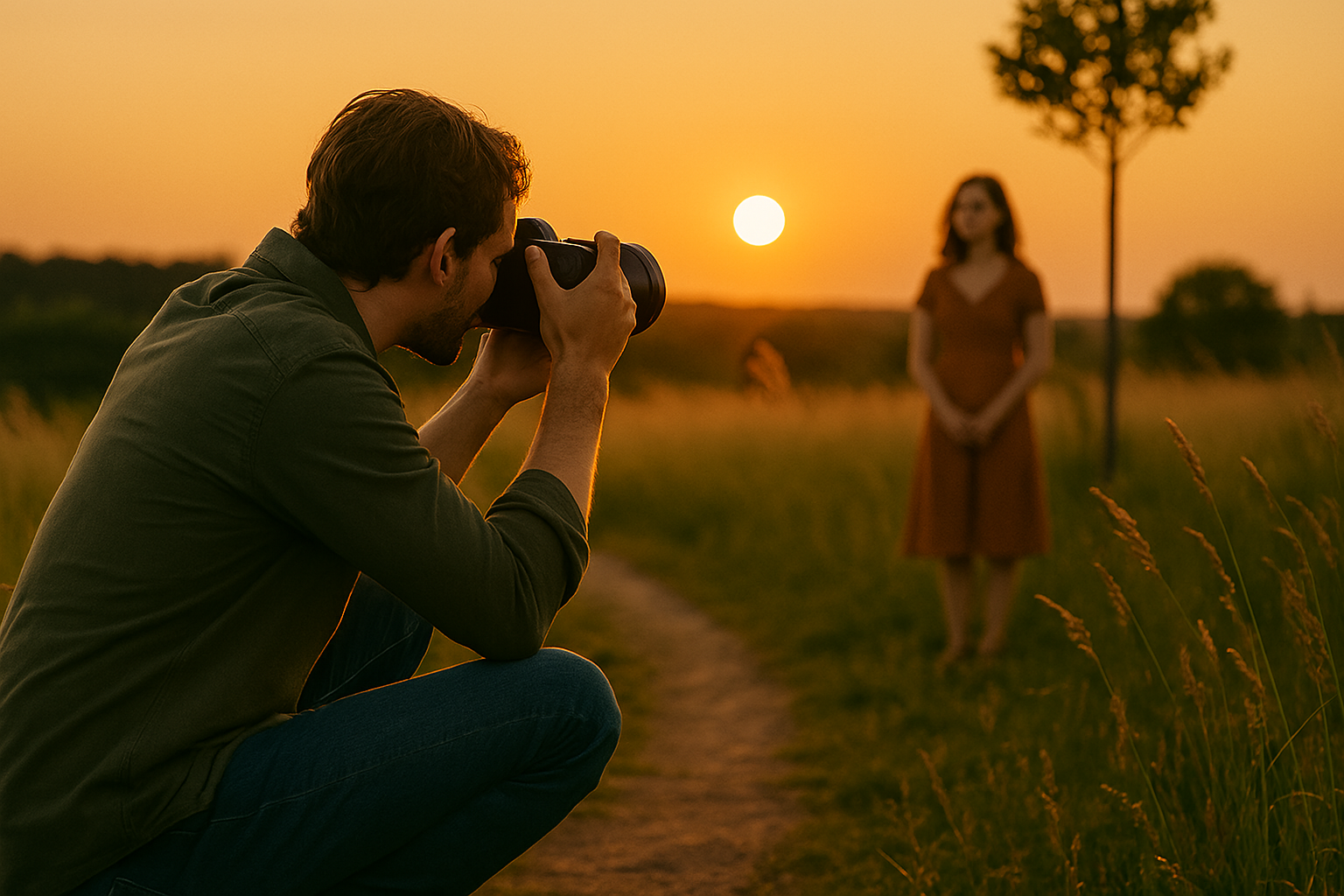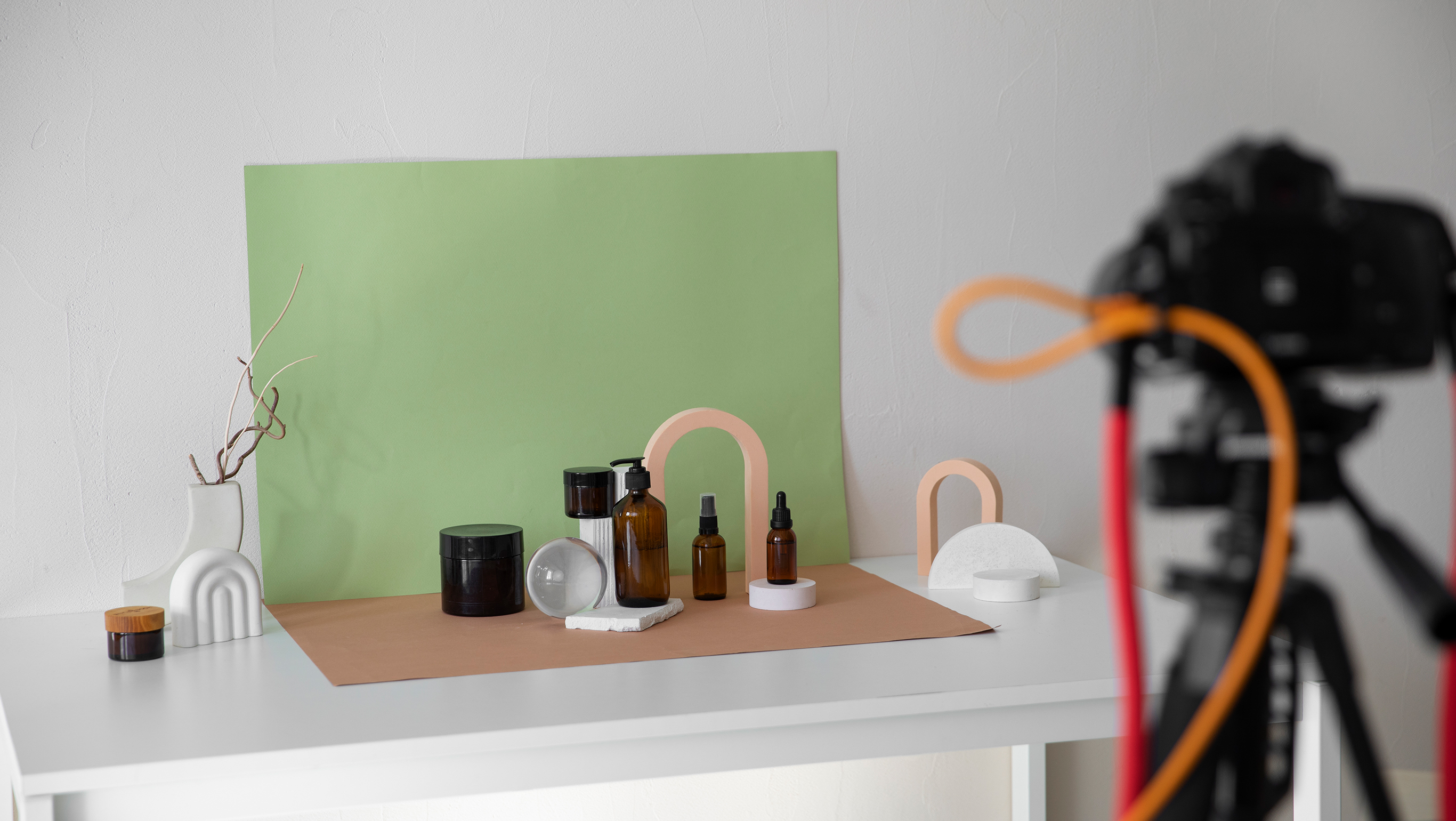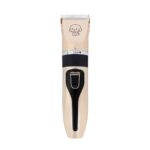Introduction:
Photography is a beautiful way to express your creativity and capture moments in time. Whether you’re using a DSLR, mirrorless camera, or even a smartphone, mastering the basics is key to becoming a better photographer. As a beginner, you might feel overwhelmed by all the technical terms and settings, but don’t worry! In this post, we’ll walk you through five essential tips that will help you get started and improve your photos right away. Let’s dive in!
1. Understand Your Camera Settings
One of the most important skills for beginner photographers is understanding the basic settings of your camera. Whether you’re shooting with a DSLR, mirrorless, or smartphone, knowing how to adjust key settings will drastically improve your results.
Tip: Familiarize yourself with the aperture, shutter speed, and ISO settings. These three settings control the exposure of your images, helping you achieve the perfect balance of light, sharpness, and depth.
Aperture: Controls how much light enters your camera and determines the depth of field (background blur).
Shutter Speed: Controls how long the camera’s sensor is exposed to light. A faster shutter speed freezes motion, while a slower speed captures movement.
ISO: Determines the sensor’s sensitivity to light. A higher ISO is useful in low-light conditions but can introduce noise (grain) into the image.
2. Use Natural Light to Your Advantage
Natural light is a photographer’s best friend. It’s free, and when used correctly, it can create stunning effects in your photos.
Tip: Shoot during the golden hour — the first hour after sunrise or the last hour before sunset — when the light is soft, warm, and flattering. This type of light can give your portraits and landscapes a magical glow.

Learn more about the best times to shoot outdoors on Fstoppers.
3. Learn the Rule of Thirds for Better Composition
Great composition can make the difference between a good photo and a great one. The rule of thirds is one of the simplest but most effective techniques to improve your composition.
Tip: Imagine dividing your image into three equal parts, both horizontally and vertically. Place important elements along these lines or at their intersections to create a balanced and visually pleasing shot.
For more tips on composition, visit our Photography Composition Blog.
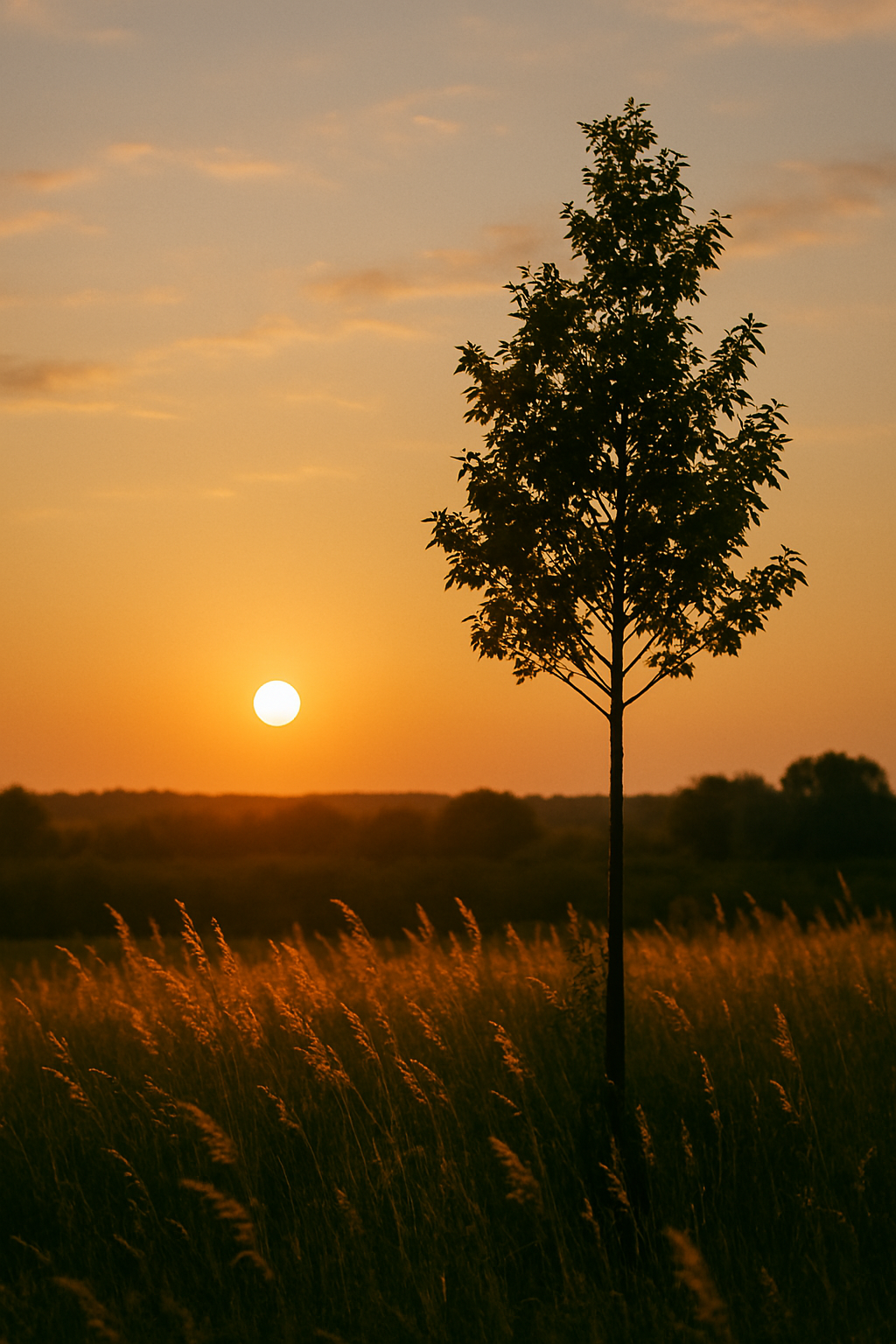
4. Focus on the Subject and the Background
When you’re capturing your subject, it’s essential to focus on what matters most. A blurry or distracting background can take attention away from your main subject.
Tip: Use a shallow depth of field to blur the background and make your subject stand out. This is especially useful in portrait photography, where the background can often be distracting.
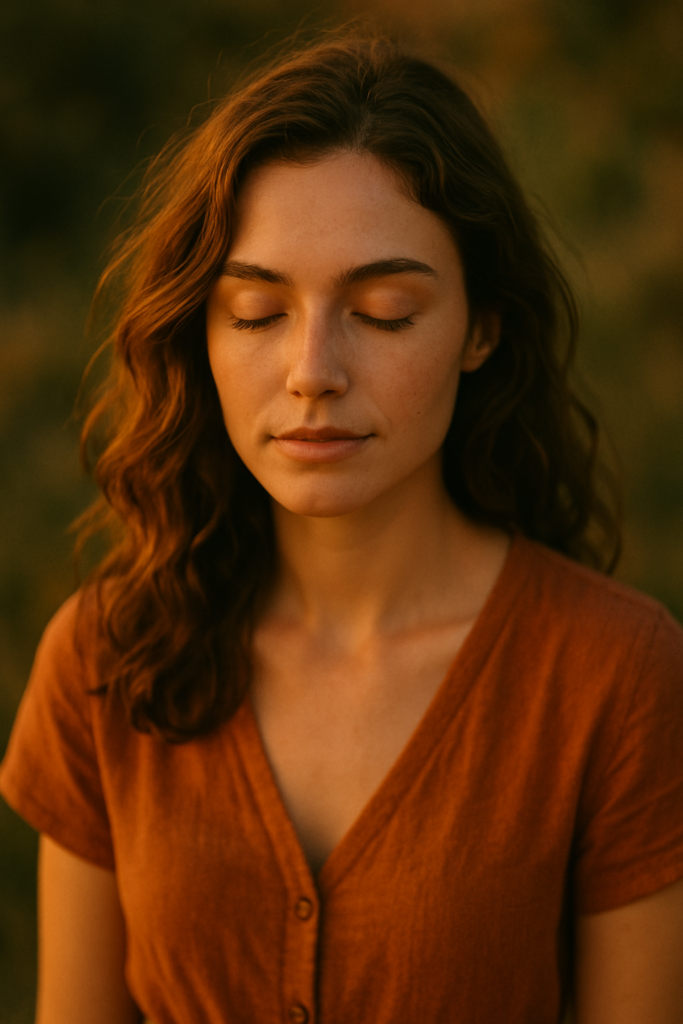
Check out this PetaPixel article for more tips on achieving a shallow depth of field.
5. Practice, Experiment, and Have Fun!
The most important tip for beginner photographers is to practice consistently and experiment with different techniques. Don’t be afraid to make mistakes — each one is an opportunity to learn and improve.
Tip: Try shooting in manual mode to have full control over your settings. Experiment with different lighting, angles, and compositions. Over time, you’ll develop your own style and improve your skills.

